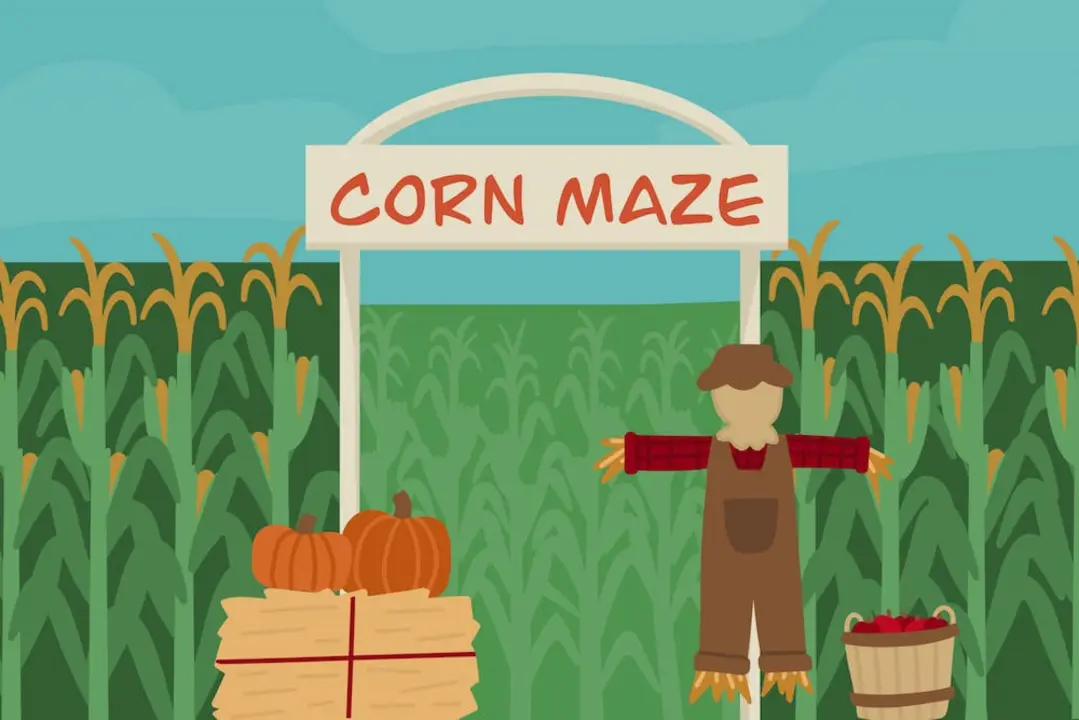Exploring the Reasons Behind Agriculture's Seasonal Cycle
Agriculture is one of the oldest and most fundamental practices in human life, and it has been practiced since ancient times. Today, agriculture is practiced around the world in both developed and developing nations, and it is a key industry in many countries. Agriculture is, however, an inherently seasonal activity, with crops often planted and harvested in cycles corresponding to the changing of the seasons. So, why is agriculture a seasonal activity?
The most obvious reason is the changing of the weather, which affects the growth of crops. Different seeds require different climates and conditions to thrive, and when temperatures and moisture levels are not within the required range, crops can fail. As the seasons change, so too do the conditions needed for a successful harvest. In addition, certain crops are better suited to certain seasons, and thus require a seasonal cycle of planting and harvesting.
Another reason that agriculture is seasonal is the length of the growing season. Different crops require different amounts of time for their growth, with some taking longer than others. In many cases, the length of the growing season can be too short for a certain crop to mature, or for a full harvest to be possible. Therefore, the timing of planting and harvesting must be adjusted accordingly.
In addition to the changing of the weather and the length of the growing season, there is also the issue of soil fertility. Different crops require different levels of soil fertility to grow, and this can be affected by the changing of the seasons, with some types of soil requiring more or less time in the sun to become fertile. As such, farmers must adjust their planting and harvesting times accordingly to ensure their crops receive the correct amount of sunlight.
Finally, the timing of planting and harvesting can also be determined by the availability of labour. During certain times of the year, there may be an abundance of manpower available to work the land, while during other times there may be a shortage. As such, the availability of labour can affect the timing of planting and harvesting, as it is often necessary to have a large number of people available to help with the task.
In conclusion, agriculture is a seasonal activity due to the many factors that can affect the planting and harvesting of crops. These include the changing of the weather, the length of the growing season, soil fertility, and the availability of labour. Farmers must adjust their planting and harvesting times accordingly to ensure a successful harvest.
Exploring the Benefits of Seasonal Agriculture Practices
Agriculture is a seasonal activity because it is dependent upon the changing climate and weather patterns. Seasonal agriculture practices can help farmers to maximize their crop yields, as well as reduce the risk of crop failure. In addition, seasonal agriculture practices can also help to conserve natural resources, improve soil health, and increase biodiversity in agricultural areas.
Maximizing Crop Yields
Seasonal agriculture practices help farmers to maximize their crop yields. By planting crops at the right time of year, farmers can ensure that the crops are ready for harvest when the market is most favorable. In addition, farmers can also use seasonal agriculture practices to take advantage of seasonal weather patterns, such as warm temperatures and adequate precipitation, that are ideal for crop growth.
Reducing Crop Failure Risk
Seasonal agriculture practices also help to reduce the risk of crop failure. By planting crops at the right time of year, farmers can avoid weather-related issues such as frost, drought, and extreme temperatures. Additionally, farmers can use seasonal agriculture practices to take advantage of seasonal pest and disease cycles, which can help to minimize crop losses.
Conserving Natural Resources
Seasonal agriculture practices can also help to conserve natural resources. By planting crops at the right time of year, farmers can reduce their need for irrigation, fertilizers, and pesticides. This helps to reduce the strain on local water resources, as well as reduce the amount of chemicals that are needed to grow crops.
Improving Soil Health
Seasonal agriculture practices can also help to improve soil health. By planting crops at the right time of year, farmers can ensure that the soil is receiving the necessary nutrients and moisture for optimal growth. This helps to ensure that the soil remains healthy and productive for future crop cycles.
Increasing Biodiversity
Seasonal agriculture practices can also help to increase biodiversity in agricultural areas. By planting a wide variety of crops at the right time of year, farmers can provide a habitat for beneficial insects and other wildlife. This helps to ensure that the land remains productive and sustainable in the long-term.
Seasonal agriculture practices can have a positive impact on the environment, economy, and overall health of an agricultural area. By taking advantage of seasonal weather patterns, farmers can maximize their crop yields, reduce the risk of crop failure, conserve natural resources, improve soil health, and increase biodiversity. In this way, seasonal agriculture practices can help to ensure that agricultural areas remain productive and sustainable for generations to come.
